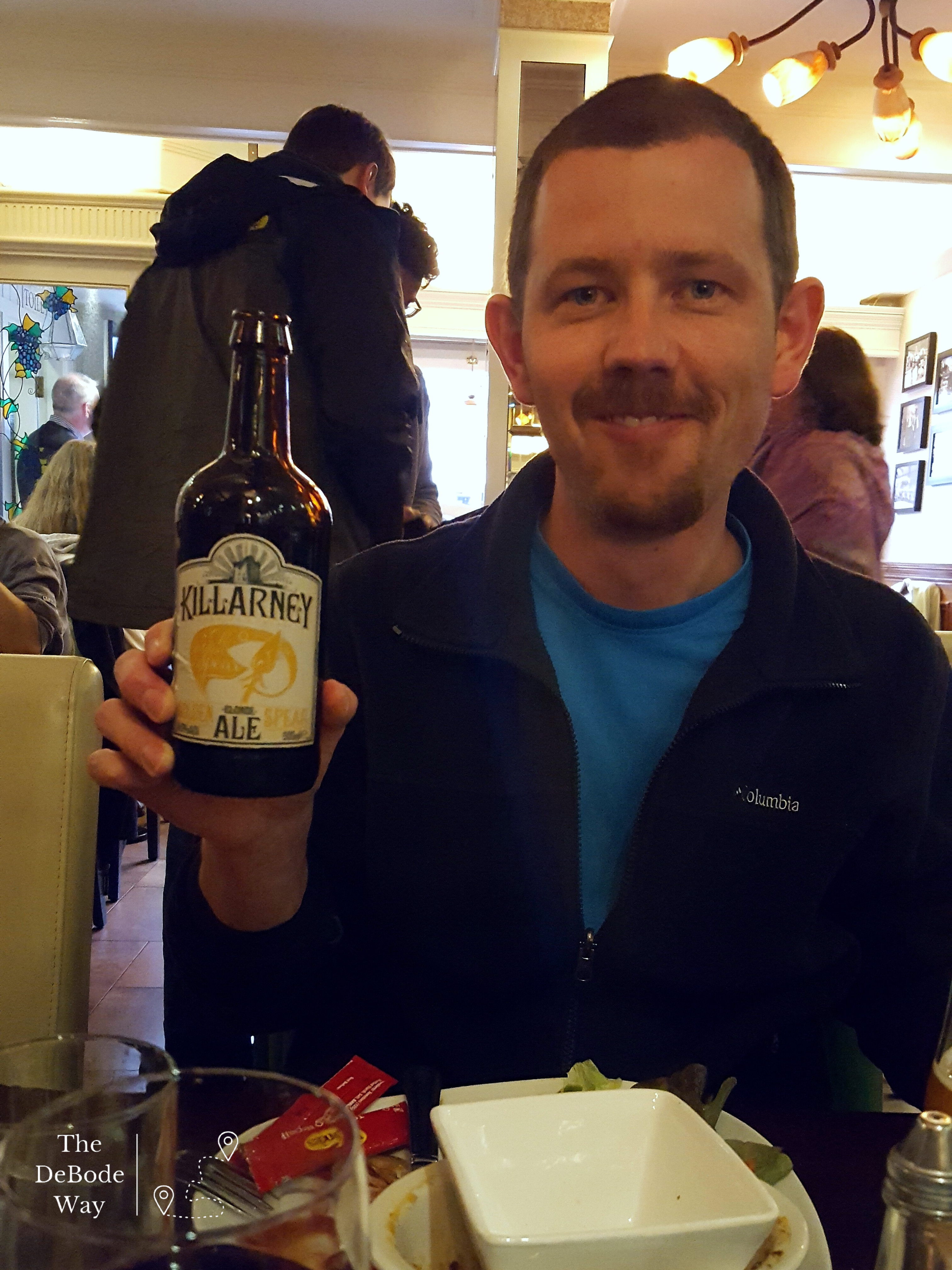Consider this scenario: you’ve spent months planning a trip to Europe. You’ve canceled and rebooked a couple of times for two years in the midst of a global pandemic. You’ve been dreaming about the landscapes and experiences. You’ve spent a considerable amount of your hard-earned money to pay for the trip, have gotten everything you need, and are, finally, on your way. Including your actual travel time and the time change, it’s taken you the better part of a full day to arrive at your destination of choice. You walk out of the airport and promptly search for…[insert American-based food company here]. Palm to Face.
This is an all-too-familiar scenario we see played out nearly every time we’re in Europe. Hordes of American travelers descending upon the major cities of Europe to view and appreciate thousands of years of history, interact with people who speak a language different from their own, and then chow down on a food product you can find on nearly any (or every) street corner back in the US. For many reasons, this has never made sense to us. After all, there’s so much good food in Europe, why not explore that just as much as the 3,000-year-old building it sits next to?

Here’s the thing, in our experience, most US-based restaurants you’ll visit abroad aren’t what you expect them to be. Sure, Mcdonald’s and Starbucks are everywhere, and the lines are just as long as back home, but their menu isn’t static. There are lots of reasons for this, most of which are the topic of discussion in some of Jason’s business classes. Suffice it to say, the people of Europe (and elsewhere) have different tastes than most Americans, and so it makes sense for local menus, yes even at American fast-food chains, to reflect that. In fact, the menus and foods can be different enough that Jason uses them as assignments when he takes students abroad. For example, most Americans are familiar enough with McDonald’s and its menu. Fries, burgers, chicken sandwiches, ice creams, and so on. Yes? When you go to Europe or Asia, they might have some or even all of those things (in addition to others), but that doesn’t mean they’ll taste the same. That Coke you’ve grown to love back home? Odds are it won’t be nearly as sweet abroad as it is back in the US. The same holds for a variety of familiar brands back home: the recipes are different when you leave the US. Does that make them bad? Not in the least. But it might not be what you’re expecting.
Our two cents: you’ve spent an awful lot of time and money to get there, so once abroad, seek out local coffee shops, restaurants, and places for snacks. After all, ‘shop local’ isn’t just an American catchphrase. Not sure where they are? No problem, ask the folks at your hotel, your cab driver, your tour guide, or the guy walking his dog. You can ask them for their usual recommendation for whatever kind of food you’re after, but we usually ask where they go. Even if you don’t speak the language, we’ve found that food and drink are the universal common ground, and local folks are always happy to have your business and will go out of their way to make sure you have a good experience.


For sure, there are times we make a point to check out the familiar brands, but more than anything it’s to see how they’re different, not to get a familiar experience. Sometimes that’s a coffee, sometimes a candy bar (seriously, find your favorite candy bar while abroad and see how different it is), but they’re always different. Always. Just another part of being abroad. And who knows, maybe that local coffee shop around the corner from your hotel has your next favorite thing. It’s happened to us tons of times.
Happy exploring!




